The weaning period is one of the most stressful periods an animal will go through during its life and, because of this, calves are open to other disease challenges on the farm such as pneumonia.
This is no different than yourself being stressed or overworked around calving, for example, and then getting sick with a cold or flu as a result.
However, the stress isn’t the cause. It lowers the immunity levels and increases the chances of animals becoming ill.
New environment
On many farms, unvaccinated weanlings are taken off a cow the morning of a sale, transported to a mart, spend a day in the mart mixing with other cattle and other disease challenges, transported to the buyer's destination and into a new environment and new diet, and then we wonder why these calves get sick.
Having a more planned process would have benefits for both the seller and purchaser.
Reducing this growth check will mean earlier finishing in any system
High stress levels will also mean reduced performance where animals don’t eat for a number of days and this growth check can be substantial where the weaning process isn’t carried out properly.
This can be detrimental in a young bull finishing system where animals need to be performing every day of their life to hit target weights in this system.
Reducing this growth check will mean earlier finishing in any system. Managing weaning and looking after weanlings over the next few months is critical to the success of any beef system.
Weaning should be carried out as stress-free as possible. You are never going to be able to cut out all stress, but you can do a number of things to help reduce it.
Creep feeding
Feeding weanlings some ration prior to weaning will help smooth the transition of the diet from milk to solid feed. Reduced intake around weaning means less energy intake and reduced performance.
If an animal is already consuming 1kg to 2kg of a high-energy ration, this will mean the growth shouldn’t be as big.
Weanlings should be fed four to six weeks prior to weaning. Feeding levels will depend on the route to market of the stock.
Creep grazing
Forward creep grazing calves ahead of cows can help reduce the cow-calf bond and, in turn, reduce stress levels at weaning.
Calves can be encouraged into the next paddock to graze via a creep gate, raising the fence in one place or by feeding some ration in troughs in the next paddock. This also means they are getting the best possible grass ahead of cows.
Vaccination
Where there have been previous issues on the farm with pneumonia, vaccination is a must and will help reduce the incidence of pneumonia.
Remember to start this process early, as some treatments require booster shots given four to six weeks apart. Full cover won’t be achieved until the second shot is given.
Weaning methods
Abrupt weaning: This is where cows and calves are separated into two groups on one day. This leads to a lot of stress on operator, cow and calf and should be avoided if at all possible. Calves get a severe shock to the system and can take a number of days or weeks to get back to normal intake levels and thrive.
Fence-line weaning: This is a practice popular in large ranches in the USA. This is where cows and calves are split on one day, but cows are put in one paddock and calves are put in the adjacent one. The theory is that when cows and calves can still see each other, it reduces stress levels. A very good fence is needed and severe damage can be done to paddocks along the fence line through stock moving up and down.
Staggered weaning: This is where three or four cows are removed from the herd every four to five days. This can vary depending on herd size. Cows can be quietly removed from a paddock or by separating them in a yard area. The theory is that calves still have access to other cows in the field and don’t 'notice' their own mothers being removed. The weaning process will take longer, but it can reduce stress levels. Removed cows can be put to a bare paddock or shed to help dry off. This method has been used successfully on Tullamore Farm for the last few years.
Nose paddles: This method is becoming increasingly popular in recent years. This is where a paddle is fitted to a calf’s nose and doesn’t allow the calf to suck its mother. This means the calf can remain in the field with its mother getting full contact and reducing stress levels. Farmers who have used these seem to be very happy with them and have used them again.




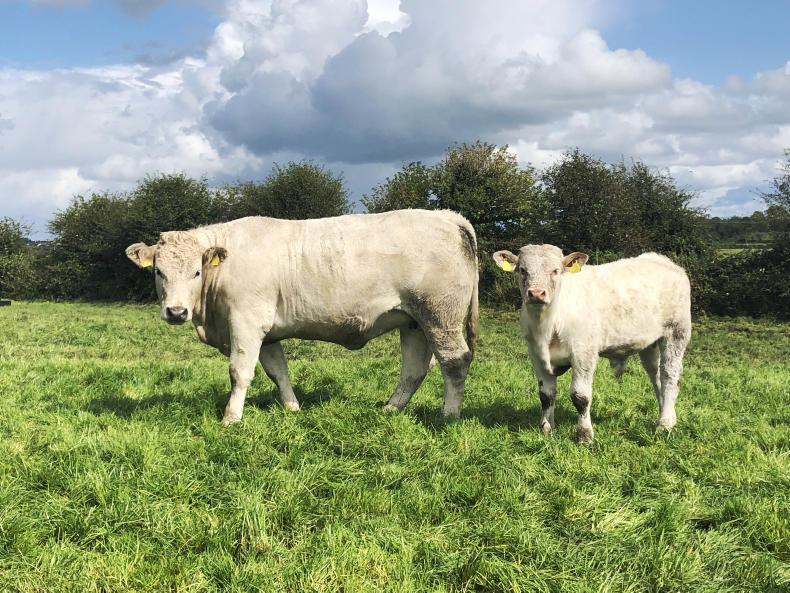
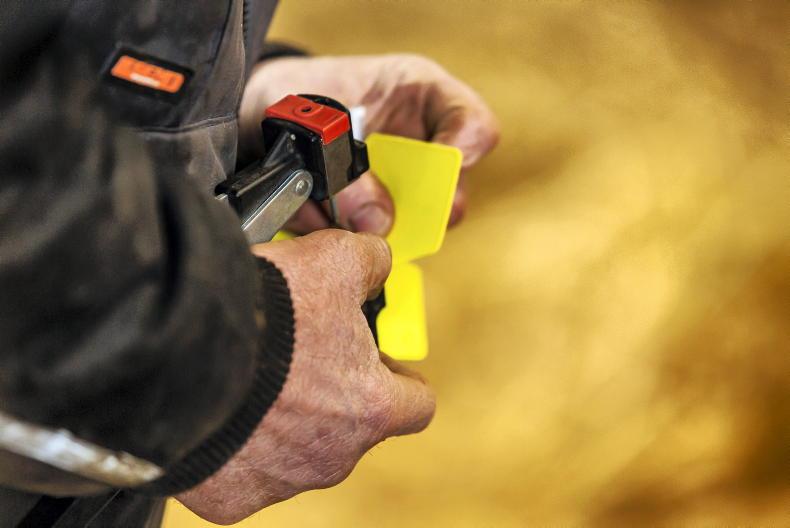

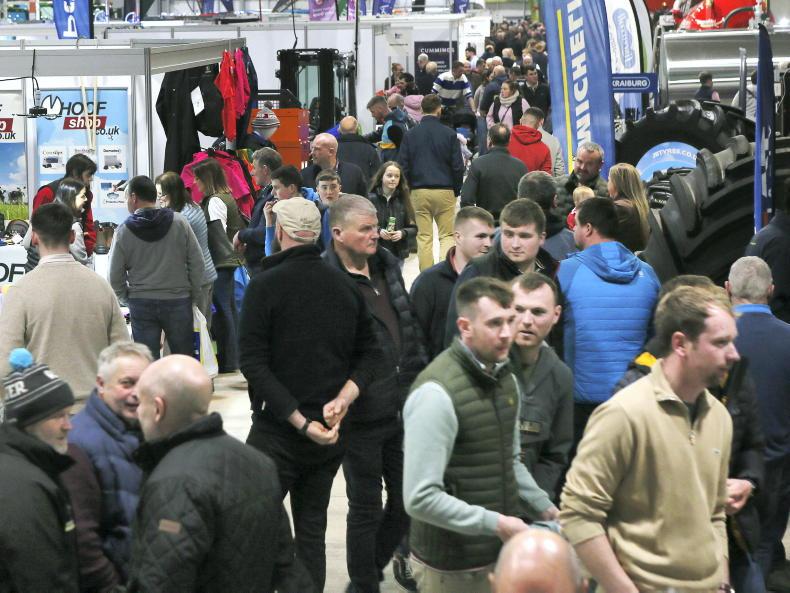
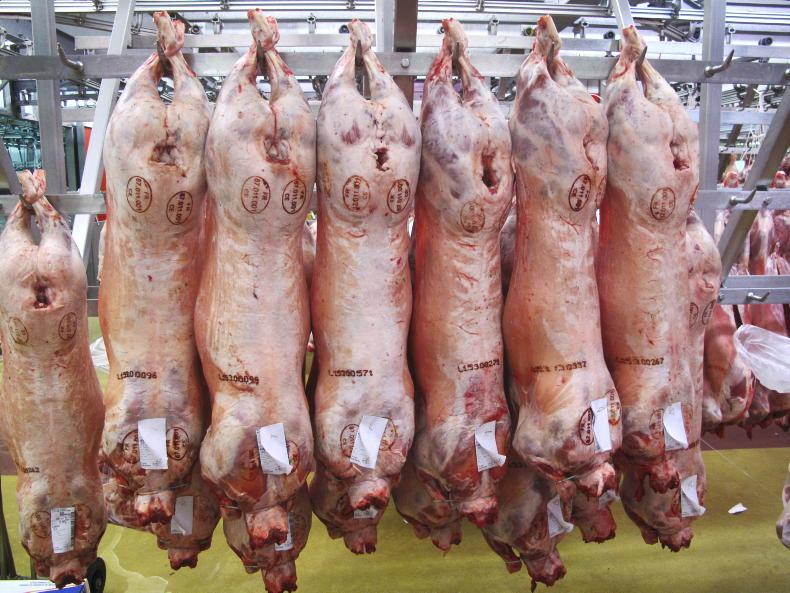
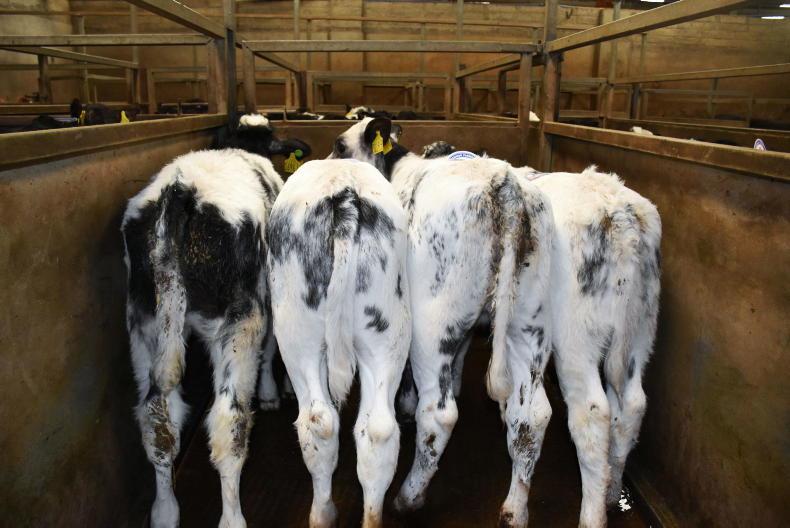
SHARING OPTIONS